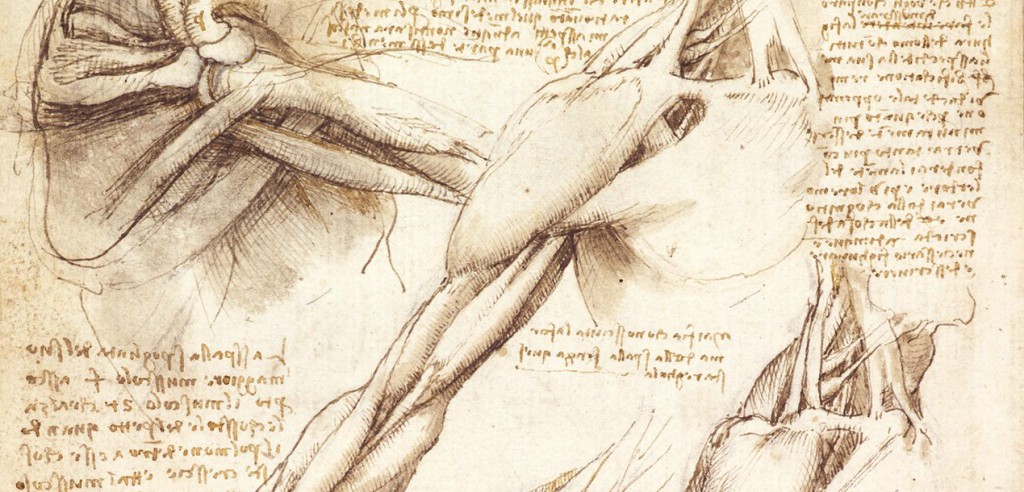In my first game I began in Angola. Th name of the disease was called Vanilla. It started on October 19,2015 and the first 100 people were affected by December 17,2015. By March 18, 2016, 1,000,000 people were infected. The first death occurred on November 19, 2016. There were barely import and exporting on ships or flights coming in and out of the country. The plague didn’t destroy the human race and the disease was eradicated in 586 days. A cure was found and started helping the infected people. In the second game I started in the USA. The name of this disease was Chocolate. By January 5,2016, 100 people were infected. On May 1,2016, a million people were infected with Chocolate. The first death occured on October 5, 2016. By November 17, 2016, no more healthy people were on earth. It took a long time because the ships were using cleaning techniques and had high prescription medication usage fighting off the infection. No cure was found and the human race was destroyed. Angola spread and infected 1 million people within five months. USA took 7 months to spread to 1 million people. USA had a lot of ships traveling in and out of the country. They also had many flights going in and out of the country. The disease was spreading all over the world. Even though different techniques were given to control the spread of disease, the bacteria strain grew stronger and was able to still spread. In each game I played I conquered Greenland. This game definitely showed me how pandemic transmission occurs. It was amazing how fast these diseases spread within a few days and how far they could reach. My diseases went world wide and even killed the whole world. It’s scary how one strain of bacteria can do so much damage if it isn’t contain properly and in an orderly fashion. Once the disease becomes a pandemic it is almost impossible to control.
Author Archives: Gabriella T.
Homework #2
The contemporary art artist Carrie Mae Weems uses appropriation to create her own works of art. She appropriates the well known Swiss artist J.T. Zealy’s daguerreotypes and makes them her own. She changes the color of the images to red and black and puts text across them. Each picture has texts across them and when it is read consecutively tells a story. The story speaks of the hardships African Americans faced during slavery. The pictures and words show the ways African Americans were viewed, how they were treated, and the various things they were reduced to do as people. It is very possible to understand what these people went through especially with the words given. The body language and facial expressions show some people with no interest in taking these pictures. Once you read the text and look at the images it is easier to understand the image and what went on behind it. The work without the text would be able to express some situations but not all. Some pictures would look like every day people while others would show the struggle of slavery. Weem’s project was absolutely amazing. It gave a story behind each and every picture. The pictures go perfect with the words. Without the words the pictures would not do enough justice in telling her story. The message is strong and firm and makes you want to know more of what is going on behind each picture and the person’s emotion.
Homework #1

The image I chose was of a woman holding a young boy receiving an injection. The people in the picture look like they are at home in their living room. The family doctor has stopped by to give the child the shot. The young boy is sitting on it’s mother’s lap while the doctor inoculates the child. Two other children look on at the doctor. A boy looks on while holding the back of the doctor’s chair. A girl looks on from the other side of the doctor and holds a basket behind her back. The artist uses tenebroso in this picture. The background surrounding the people is dark while a strong light shines in on this family and doctor. You can’t make out the surrounding objects in the far background. To the side of the people is a child’s crib. I chose this picture because vaccinations happen to be a very important part of living. In earlier times, things were done differently. Instead of people traveling to a doctor’s office to receive care, doctor’s would travel to their patient’s home. In this instance, the doctor has traveled to this family’s home. He could be there to administer medication to the child because he was sick or they were trying to prevent sickness. The children and mother all look on in awe.



